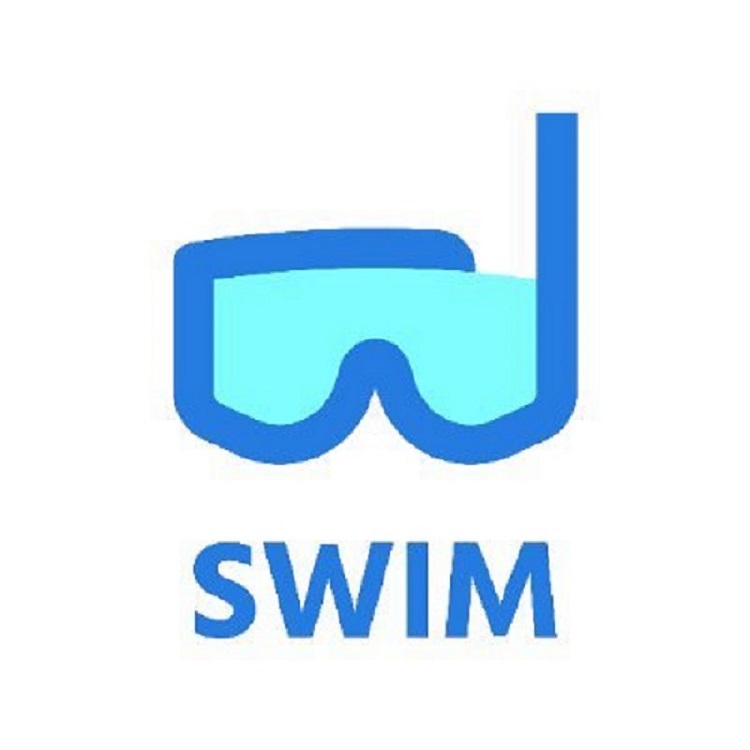Introducing Swim Protocol


Swim provides a simple way to transfer tokens across chains via multi-token liquidity pools and Solana’s Wormhole. No more delays, centralized bridges, or wrapped assets.
Swim’s goal is to provide the tools necessary for users to swap from native assets on one chain to native assets on another, and in doing so reduce the community’s reliance on current bridges and centralized exchanges.
Why Swim?
Swim eliminates the need for wrapped assets by allowing users to swap from a native asset on one chain to a native asset on any other supported chain, by combining the ideas established by existing stable asset AMMs with Wormhole’s bridging technology to create a new kind of cross-chain liquidity platform.
Swim’s elegant solution to the cross-chain asset swap problem minimizes inefficiency, either in the form of wrapped assets, centralized exchanges, or platform-specific native tokens that are used in some cross-chain AMMs. This novel solution is far more capital-efficient than existing approaches and paves the way for a paradigm shift in the way we approach cross-chain interoperability.
How Does Swim Work?
Users will be able to interact with Swim’s liquidity pool with native assets on multiple chains. Initially, only stable asset pools will be created on Ethereum, BSC, and Solana to facilitate trading between these chains. The pools on either chain are connected via Wormhole, which helps to relay transaction requests across chains. When a transaction is received by the Swim smart contract, an algorithm will determine the slippage based on the size of the trade and the pool’s composition, providing an execution price.


Initial liquidity pools planned for Ethereum, BSC, and Solana will allow users to seamlessly swap between these native assets
Check below an example how Swim works when a user wants to swap ERC20 USDT for SPL USDC.
- User connects both Ethereum and Solana wallets to Swim
- User selects desired amount of USDT (ERC-20) to swap from, and USDC (SPL on Solana) to swap to
- The USDT ERC-20 is locked on Ethereum
- Swim understands this via wormhole, determines the correct execution price, and sends the correct amount of USDC (SPL on Solana) to the user
Vision Of Swim
Their vision is to create a quick, seamless experience that links between smart contract chains, eventually creating a network of native asset pools on multiple chains through which users can swap seamlessly from one chain to another without having to use wrapped assets or CEXes.
With the broader crypto ecosystem rapidly transitioning towards a new, multi-chain paradigm, DeFi applications and liquidity are becoming increasingly scattered across siloed and separate networks. Swim is perfectly positioned to help address this increasing fragmentation and establish itself as a critical piece of infrastructure in the months and years to come. With the rise of BSC, Solana, and others, the community needs a seamless way to bridge native assets.
Roadmap
They will launch with pools for native stablecoins on Ethereum, Binance Smart Chain, and Solana along with an attractive liquidity mining program, which will allow early participants to become owners of the protocol.
They will also add support for additional networks such as Polygon (Matic), Avalanche, and many others in the coming months. We also plan to include additional stable assets as their native versions become available on Solana. In due time, the protocol will be upgraded to enable cross-chain swapping between non-linked assets, such as ETH on Ethereum to SOL.
Twitter ♦ Discord ♦ Website ♦ Medium
▶️ SOURCE




